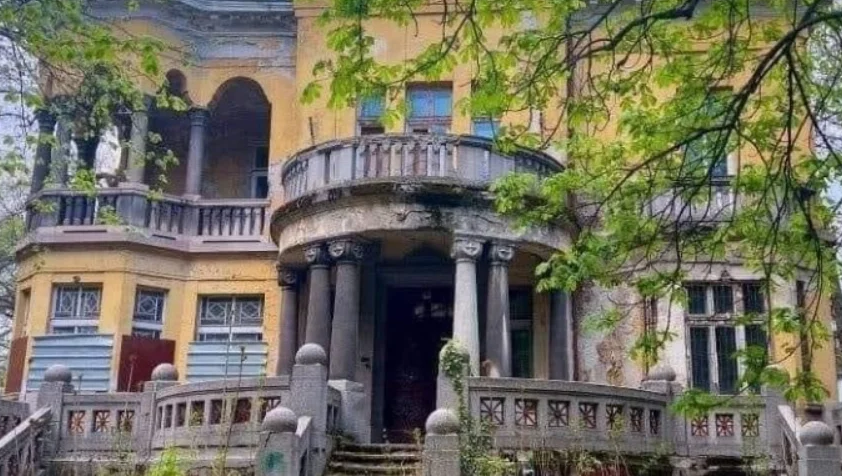In the late 1920s, banker Dimitar Ivanov and his wife Nadezhda Stankovic commissioned the construction of an impressive residence.
The interior of the home features a dramatic red marble fireplace in the main reception area, a dedicated stage for musical performances and elegant crystal detailing on the interior doors.

The property includes multiple bedrooms, exquisite terraces, a spacious study and functional utility rooms. Although the original furniture no longer exists, it is known that Sofia’s elite at the time preferred furniture from Central and Western Europe.
On the outside of the house there is a large front garden, separated from the sidewalk by a sophisticated wrought iron fence. A large triple staircase leads to the main entrance, flanked by ornate carriage portals that emphasize the grandeur of the courtyard.

One can easily imagine guests entering the courtyard through a portal, while their carriages are protected in a specially adapted area behind the house. After the event, the guests left the opposite portal. The Ivanov family enjoyed their residence until 1944.

After the Second World War, the house was nationalized and initially served as the headquarters of the Romanian embassy. It subsequently became the USSR’s trade mission in Bulgaria and later housed various communist administrative offices with unclear functions.

In the 1990s the estate was returned to the heirs of the Ivanov family. Since 2004, it has been owned by Valentin Zlatev, the director of Lukoil, who has not yet addressed the cultural significance of the property.
After decades of neglect, the once stunning property is now in a dilapidated state.

